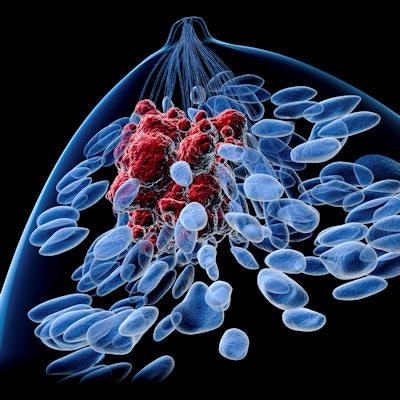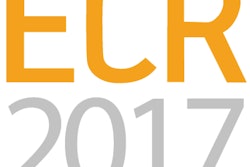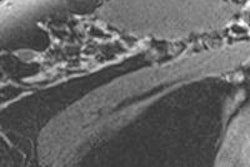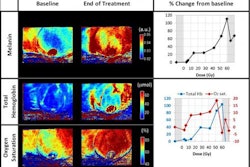
An increasing number of U.S. women are opting for preventive mastectomy to remove the unaffected breast in early breast cancer, according to a study published online March 29 in JAMA Surgery.
Despite a lack of evidence for survival benefit, the number of contralateral prophylactic mastectomies among patients with invasive unilateral breast cancer has increased substantially during the past decade, the American Cancer Society (ACS) said. The ACS contributed investigators to the research.
A team from the ACS, Emory University, Dana-Farber Cancer Institute, and Brigham and Women's Hospital used data taken from the North American Association of Central Cancer Registries for 1.2 million women in 45 states and the District of Columbia. All of the women had been diagnosed with invasive unilateral early-stage breast cancer and treated with surgery between January 2004 and December 2012.
Over the study time frame, the number of patients who opted for preventive mastectomy increased among women 45 and older from 3.6% to 10.4%, and it increased among those 20 to 44 from 10.5% to 33.3%, the group found.
This increase was evident in all states, but its magnitude varied, according to the researchers. For example, among women ages 20 to 44, the proportion of contralateral prophylactic mastectomies in New Jersey increased from 14.9% in 2004 to 24.8% in 2012. In Virginia, the proportion increased from 9.8% to 32.2%.
"Future studies should examine patient-, clinician-, and health system-level factors to provide additional insight into the reasons for temporal changes and regional variation in the receipt of a [contralateral prophylactic mastectomy]," said senior author Ahmedin Jemal, PhD, in a statement released by the ACS.



















